| [1]杨水祥,雷力成,王丽丽,等.新型血管内可吸收镁合金支架的实验研究[J].中华老年心脑血管病杂志,2012,14(7):743-747.[2]Kirkland NT.Magnesium biomaterials: past, present and future.Brit Corros J.2012;47(5):322-328.[3]Ye CH,Zheng YF,Wang SQ,et al.In vitro corrosion and biocompatibility study of phytic acid modified WE43 magnesium alloy.Appl Surf Sci.2012;258(258):3420-3427.[4]Yang J,Cui F,Lee IS.Surface modifications of magnesium alloys for biomedical applications.Ann Biomed Eng. 2011; 39(7):1857-1871.[5]Hornberger H,Virtanen S,Boccaccini AR.Biomedical coatings on magnesium alloys- a review.Acta Biomater. 2012;8(7): 2442-2455.[6]谭志刚,周倩,蒋宇钢.生物可降解镁合金血管支架:缺点及未来研究趋势[J].中国组织工程研究,2015,19(8):1284-1288.[7]Di Mario C,Griffiths H,Goktekin O,et al.Drug-eluting bioabsorbable magnesium stent.J Interv Cardiol.2004; 17(6): 391-395.[8]Waksman R,Pakala R,Kuchulakanti PK,et al.Safety and efficacy of bioabsorbable magnesium alloy stents in porcine coronary arteries.Catheter Cardiovasc Interv. 2006;68(4): 607-617.[9]吴婕,吴凤鸣.新型口腔生物医用材料—镁及镁合金[J].口腔医学,2007,27(3):159-161.[10]李伯翰,刘洪臣,鄂玲玲.新型可降解镁基金属材料在口腔医学领域的应用研究进展[J]. 中华老年口腔医学杂志,2012,10(6): 355-359.[11]谭志刚,周倩,蒋宇钢.生物可降解镁合金血管支架:缺点及未来研究趋势[J].中国组织工程研究,2015,18(8):1284-1288.[12]周俊岑.镁合金在医疗领域的应用研究[D].西南大学,2014.[13]Mani G,Feldman MD,Patel D,et al.Coronary stents: a materials perspective. Biomaterials.2007;28(9):1689-1710.[14]夏永辉,任玲,徐克,等.镁合金血管支架置入后内膜增生特点[J].介入放射学杂志, 2014,23(2):132-135.[15]冯高科,任珊,郑晓新,等.生物全降解冠状动脉支架的研究进展[J].医学综述,2012,18(24):4130-4134.[16]郭美卿,范海南,杨志强,等.镁合金支架双重可控释放涂层的制备及药物释放性能研究[J].材料导报,2011,25(5):12-14.[17]肖健勇,刘寅.镁合金可吸收金属支架的研究进展[J].天津医药, 2011,39(3):285-287.[18]李涛,张海龙,何勇,等.生物医用镁合金研究进展[J].功能材料, 2013, 44(20):2913-2918.[19]邓国庆,禹正杨.医用可降解镁合金的研究进展[J].中国生物医学工程学报, 2012,31(5):769-774.[20]Vormann J. Magnesium: nutrition and metabolism.Mol Aspects Med. 2003;24(1-3):27-37.[21]Zreiqat H,Howlett CR,Zannettino A,et al.Mechanisms of magnesium-stimulated adhesion of osteoblastic cells to commonly used orthopaedic implants.J Biomed Mater Res.2002;62(2):175-184.[22]Sul YT,Jeong Y,Johansson C,et al.Oxidized, bioactive implants are rapidly and strongly integrated in bone. Part 1--experimental implants.Clin Oral Implants Res. 2006; 17(5):521-526.[23]Sul YT,Johansson C,Albrektsson T.Which surface properties enhance bone response to implants? Comparison of oxidized magnesium, TiUnite,and Osseotite implant surfaces.Int J Prosthodont.2006;19(4):319-328.[24]李伯翰,刘洪臣,鄂玲玲.新型可降解镁基金属材料在口腔医学领域的应用研究进展[J]. 中华老年口腔医学杂志, 2012,10(6): 355-359.[25]李健,董果雄,冯义柏.硫酸镁预处理对人脐静脉内皮细胞缺氧再复氧损伤的保护作用[J]. 中国老年学杂志, 2006,26(9): 1247-1248.[26]Institution BS.EN ISO 10993-5.Biological evaluation of medical devices.Part 5. Tests for in vitro cytotoxicity.[27]Katrin S,Matthias G,Kathleen K,et al.Magnesium used in bioabsorbable stents controls smooth muscle cell proliferation and stimulates endothelial cells in vitro.J Biomed Mater Res B Appl Biomater.2012;100(1):41-50.[28]Witte F,Eliezer A.Biodegradable Metals.DegradatImplant Mater.2012;77(2):1-34.[29]Cipriano AF,Sallee A,Tayoba M,et al.Cytocompatibility and early inflammatory response of human endothelial cells in direct culture with Mg-Zn-Sr alloys.Acta Biomater.2017;48: 499-520. [30]Witecka A,Bogucka A,Yamamoto A,et al.In vitro degradation of ZM21 magnesium alloy in simulated body fluids.Mater Sci Eng C Mater Biol Appl.2016;65:59-69. [31]Rau JV,Antoniac I,Fosca M,et al.Glass-ceramic coated Mg-Ca alloys for biomedical implant applications.Mater Sci Eng C Mater Biol Appl.2016;64:362-369. [32]Choi HY,Kim WJ.Effect of thermal treatment on the bio-corrosion and mechanical properties of ultrafine-grained ZK60 magnesium alloy.J Mech Behav Biomed Mater. 2015; 51:291-301. [33]Choudhary L,Singh Raman RK,Hofstetter J,et al.In-vitro characterization of stress corrosion cracking of aluminium-free magnesium alloys for temporary bio-implant applications.Mater Sci Eng C Mater Biol Appl.2014;42: 629-636. [34]Gökhan Demir A,Previtali B.Comparative study of CW, nanosecond- and femtosecond-pulsed laser microcutting of AZ31 magnesium alloy stents.Biointerphases. 2014;9(2): 029004. [35]Bornapour M,Celikin M,Cerruti M,et al.Magnesium implant alloy with low levels of strontium and calcium: the third element effect and phase selection improve bio-corrosion resistance and mechanical performance.Mater Sci Eng C Mater Biol Appl.2014;35:267-282. [36]Campos CM,Muramatsu T,Iqbal J,et al.Bioresorbable drug-eluting magnesium-alloy scaffold for treatment of coronary artery disease.Int J Mol Sci.2013;14(12):24492-500. |
.jpg)
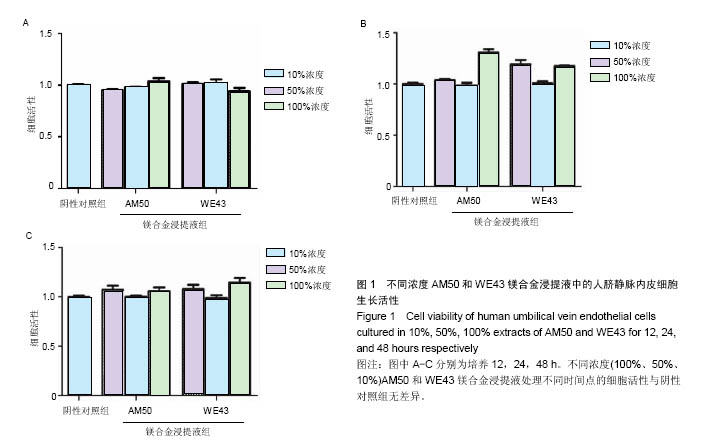
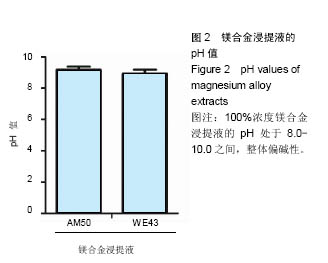
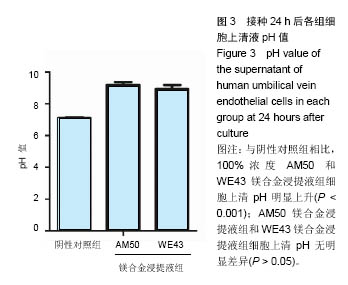
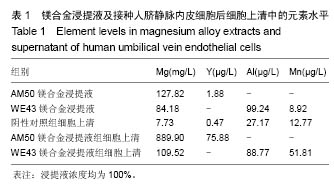
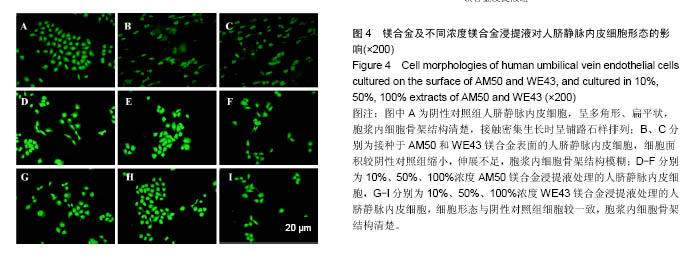
.jpg)